Growth of Smart Home Devices
The Wi-Fi Adapter Card Market is significantly influenced by the proliferation of smart home devices. As consumers increasingly adopt smart technologies, the demand for reliable Wi-Fi connectivity becomes essential. Wi-Fi adapter cards facilitate seamless communication between smart devices, enhancing user experience and functionality. Market analysis reveals that the smart home sector is expected to grow at a substantial rate, which in turn drives the need for compatible Wi-Fi adapter cards. This trend indicates that manufacturers must innovate to create adapter cards that can support multiple devices simultaneously, ensuring optimal performance in smart home environments. The integration of Wi-Fi adapter cards into smart home ecosystems is likely to be a key driver of market growth.
Increased Internet Penetration
The Wi-Fi Adapter Card Market is benefiting from the increasing penetration of the internet across various regions. As more households gain access to high-speed internet, the demand for devices that can connect to these networks rises. Wi-Fi adapter cards are essential for enabling devices to access the internet wirelessly, thus facilitating connectivity in homes and businesses. Recent statistics suggest that internet penetration rates are steadily climbing, particularly in developing regions, which is likely to boost the sales of Wi-Fi adapter cards. This trend indicates a growing market opportunity for manufacturers to cater to a broader audience seeking reliable wireless connectivity solutions.
Focus on Enhanced Security Features
The Wi-Fi Adapter Card Market is increasingly prioritizing enhanced security features in response to growing concerns over cybersecurity. As more devices connect to the internet, the risk of data breaches and unauthorized access escalates. Consumers and businesses are seeking Wi-Fi adapter cards that offer robust security protocols, such as WPA3 encryption and advanced firewall capabilities. Market trends suggest that adapter cards equipped with these features are likely to gain traction among security-conscious users. This focus on security not only addresses consumer concerns but also positions manufacturers to differentiate their products in a competitive market. The demand for secure Wi-Fi adapter cards is expected to drive innovation and growth within the industry.
Rising Demand for Remote Work Solutions
The Wi-Fi Adapter Card Market is witnessing a notable increase in demand driven by the rise of remote work solutions. As organizations continue to embrace flexible work arrangements, the need for reliable and high-speed internet connectivity has become paramount. Wi-Fi adapter cards play a crucial role in ensuring that remote workers can maintain stable connections to corporate networks. Market data indicates that the remote work trend has led to a significant uptick in sales of Wi-Fi adapter cards, as employees seek to enhance their home office setups. This shift in work culture is likely to sustain the demand for advanced Wi-Fi adapter cards, as companies invest in technology to support their workforce's connectivity needs.
Technological Advancements in Wi-Fi Standards
The Wi-Fi Adapter Card Market is experiencing a surge in demand due to rapid advancements in Wi-Fi technology. The introduction of Wi-Fi 6 and the anticipated Wi-Fi 7 standards are enhancing data transfer speeds and network efficiency. These innovations are likely to drive the adoption of new Wi-Fi adapter cards that support higher bandwidth and lower latency. As more devices become Wi-Fi enabled, the need for compatible adapter cards increases. According to recent data, the market for Wi-Fi 6 compatible devices is projected to grow significantly, indicating a robust demand for corresponding adapter cards. This trend suggests that manufacturers must focus on developing high-performance Wi-Fi adapter cards to meet the evolving needs of consumers and businesses alike.
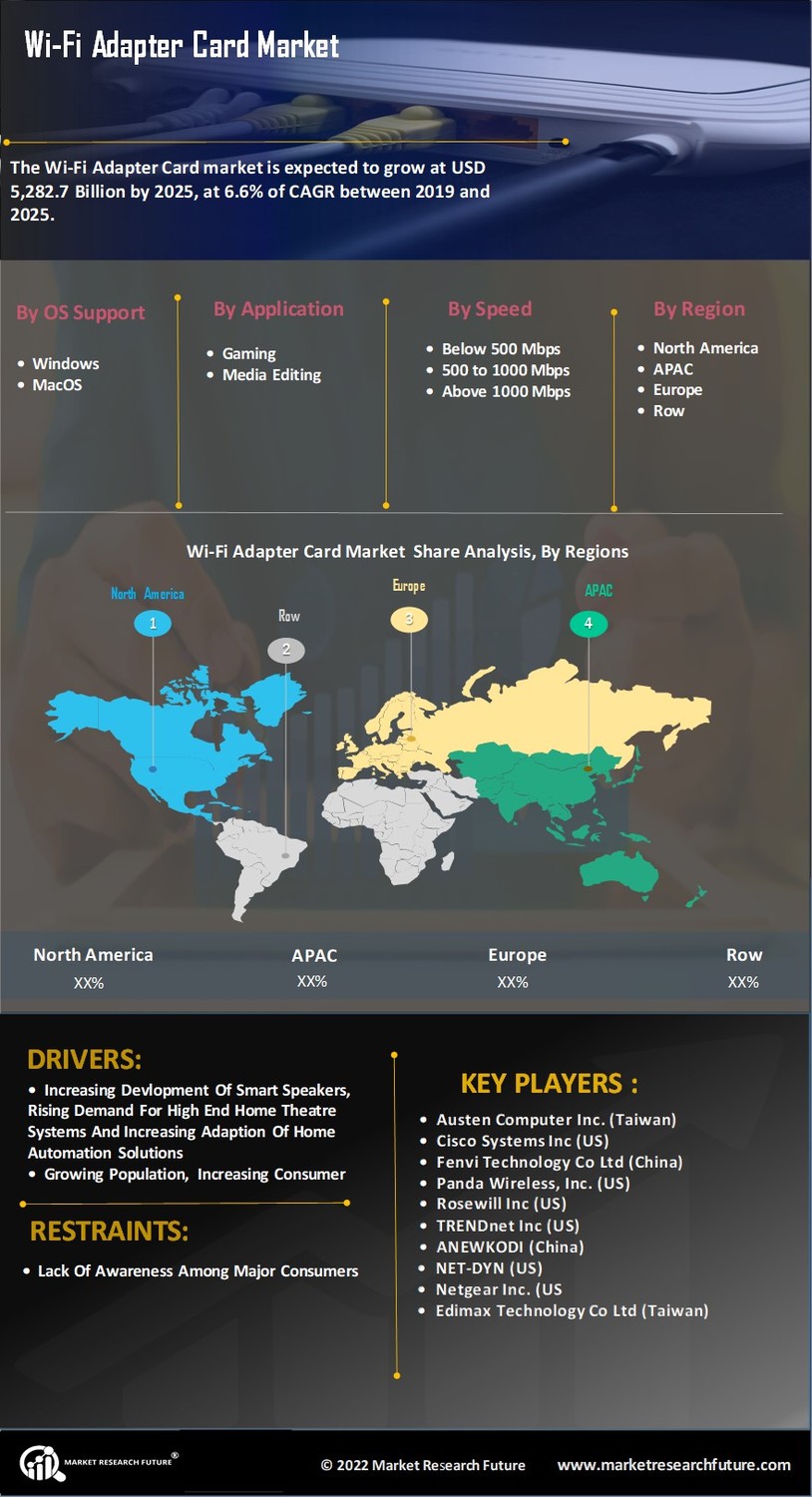
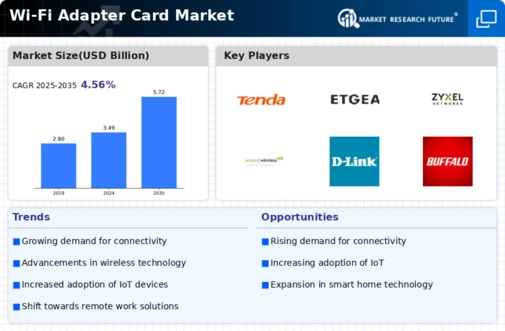
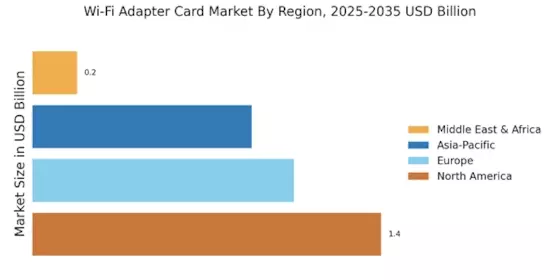
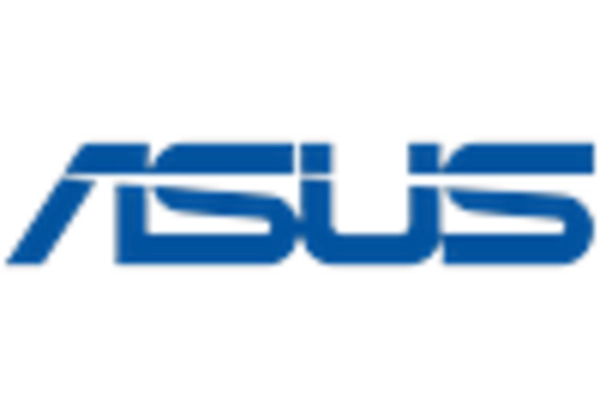



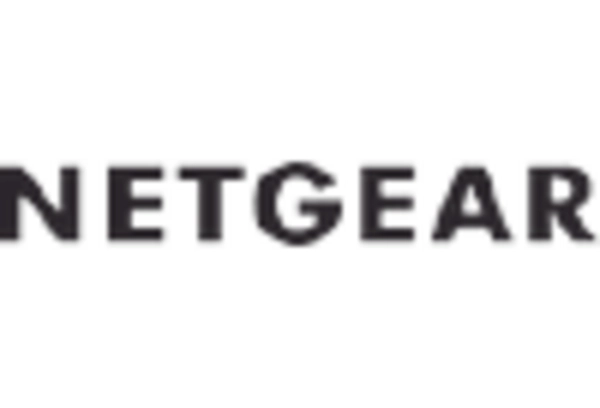









Leave a Comment